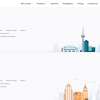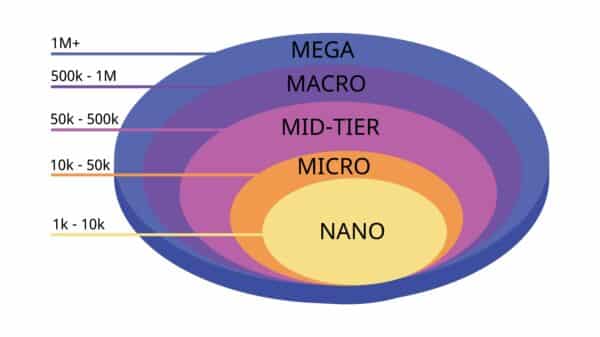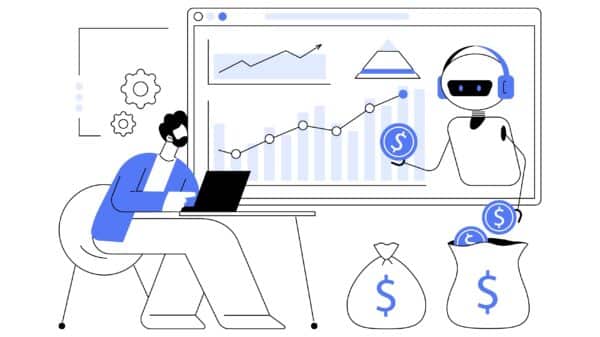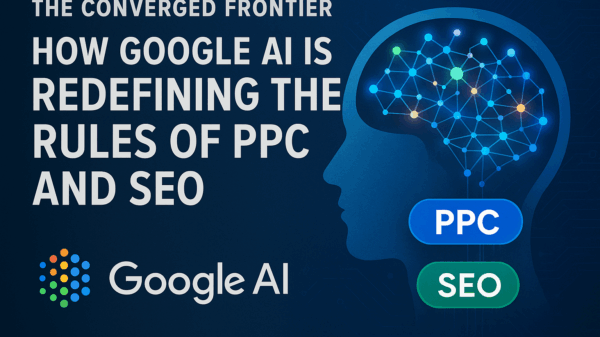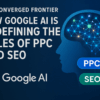It’s usually smaller players that end up getting penalized by media regulators. These companies might operate under the radar, thinking their tactics are minor enough to avoid detection—only to find otherwise. Others simply don’t have the resources to ensure that every outgoing communication complies with strict standards.
For the industry giants, however, there’s no such excuse. With a battalion of legal support at their disposal, they should be reviewing every pixel they publish. So, it made headlines last month when two major brands, Nike and Sky, were called out for practices deemed to fall under the category of ‘dark patterns.’
The Advertising Standards Authority recently determined that a promotional offer from Sky’s streaming subsidiary, NOW TV, fell short in clearly informing consumers that the service would auto-renew at a monthly fee unless canceled. NOW defended itself by arguing that the webpage prominently displayed all significant conditions relevant to the 7-day free trial. The ASA disagreed, insisting ads must clearly state if a paid subscription would commence automatically after the trial unless canceled. The ASA subsequently demanded the ad be withdrawn.
Meanwhile, Nike was found to have breached the code on misleading advertising with an ad on X in December 2023. The ad promoted a trainer for £26, but upon clicking, consumers found this price applied only to UK child sizes 3 to 6.
The regulator stated:
“Because children’s shoes were typically cheaper than adult shoes, and were exempt from VAT, we considered that the average consumer would not regard £26 as a heavily discounted price for children’s trainers, and therefore would understand the price referred to a pair of adult trainers. We therefore considered that the consumer would click through to the website and expect to be able to purchase a pair of adult trainers at the advertised price.”
Nike has since been told not to run the ad again.
Wider Implications for Online Choice Architecture
Though these specific cases may seem minor on their own, they tie into a broader trend that we can expect to see more of in the coming months and years. If you haven’t come across the term “online choice architecture,” now might be a good time to catch up.
In late 2022, the Competition and Markets Authority’s Digital Markets Unit published a report titled Online Choice Architecture: How Digital Design Can Harm Competition and Consumers.
“‘Choice architecture,’ said the executive summary, is a ‘neutral term’ which describes the parts of a website which, ‘deliberately or unintentionally, leads us towards certain decisions and actions.’”
“There is growing recognition,” added Amelia Fletcher, Senior Independent Director of the organization, “that despite the huge range of choice available online – and to some extent because of it – consumers’ purchasing decisions can be substantially influenced by the way in which choices are presented.”
Although regulation of online choice architecture is still in its early stages, it’s clear that expectations are shifting. Brands will be increasingly expected to inform and guide consumers responsibly without manipulating them into choices that may not be in their best interests.
For advertisers, staying on top of these changes is essential. And for marketers, it’s equally important to ensure the brands they represent prioritize consumer well-being. Even if regulators don’t knock, there are good reasons to align with this emerging standard.


